Want to contribute to this article?
ISO 13485 is the world's most popular medical device quality management system which harmonises many international regulatory requirements to ensure products and services are fit for purpose.
The below article gives those who are new to the Standard and medical device industry an introduction to ISO 13485:
- What is a medical device?
- Who needs the Standard?
- How to implement ISO 13485?
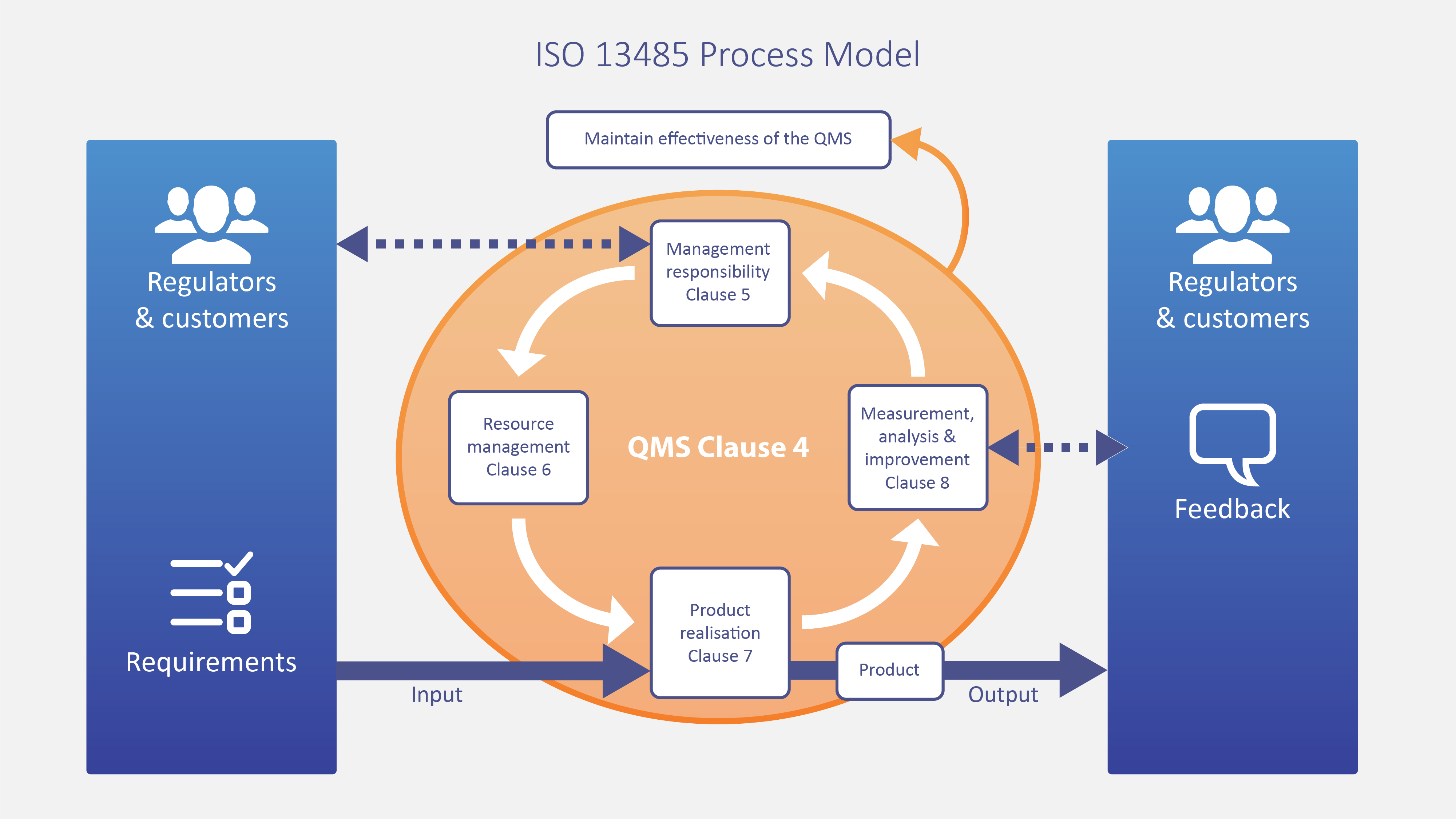
What is a medical device?
A medical device is anything related to healthcare that does not have a pharmaceutical action (i.e. it is not absorbed into the body or based on pharmacology / chemistry) as it's primary mechanism.
Medical devices range from simple tongue depressors and bedpans to complex pragrammable pacemakers with microchip technology and laser surgical devices.
The FDA defines a medical device as:
an instrument, apparatus, implement, machine, contrivance, implant, in vitro reagent, or other similar or related article, including a component part, or accessory which is: recognized in the official National Formulary, or the United States Pharmacopoeia, or any supplement to them, intended for use in the diagnosis of disease or other conditions, or in the cure, mitigation, treatment, or prevention of disease, in man or other animals, intended to affect the structure or any function of the body of man or other animals, and which does not achieve its primary intended purposes through chemical action within or on the body of man or other animals and which is not dependent upon being metabolized for the achievement of any of its primary intended purposes.
Examples:
- Delivery of medicines: syringes, tubing, inhaler
- Patient monitoring: software
- Repairing or replacing: stends, joint replacements
- Diagnostic equipment: ECG, x-ray
- Equipment with power sources: hearing aid, pacemakers
 DySIS Medical: Innovative Medical Device Manufacturer
DySIS Medical: Innovative Medical Device Manufacturer
Who needs ISO 13485?
A quality management system is a set of policies, processes and procedures that help an organisation to meet the requirements of their stakeholders, based on the plan-do-check-act cycle.
In some countries, like Canada and in the European Union, it is a legal requirement to have the a quality management system if you:
- Design or manufacture medical devices.
- Supply raw materials or provide services related to medical devices, e.g. sterilization, installation, labeling, technical publication.
ISO 13485, although not a legal requirement, demonstrates an effective quality management system.
In contrast, however, to ISO / TS 16949, an organisation does not need to be actively manufacturing medical devices or their components to seek certification to this standard. This means it can be a strategic decision to get the standard if a company has the capability of manufacturing components for medical devices or providing services to medical devices companies.

York Instruments: Evolving brain scanning technology using EQMS
Why get certified to ISO 13485?
ISO 13485 is a voluntary standard, but it satisfies most European Union quality management system requirements and demonstrates compliance to medical device directives. As well as harmonising regulatory requirements, there are many other benefits of being certified to ISO 13485, here are 8 of them:
-
Increase customer confidence - ISO 13485 demonstrates an organisation's commitment to quality.
- Meet customer expectations - ISO 13485 requires organisations to assess their ability to consistently provide medical device products and services that meet customer requriements and comply with all relevant regulatory requirements.
-
Promotes better communication - ISO 13485 sets out the requirements for establishing communications processes and encourages communication about the effectiveness of the quality management system.
- Increase efficiency - ISO 13485 requires organisations to demonstrate robust processes which means they can benefit from reduced wastage and a better ability to monitor their supply chain.
-
Improves supplier relationships - ISO 13485 requires organisations to establish supplier evaluation, selection and monitoring processes.
-
Increases speed to market - The primary objective of ISO 13485 is to facilitate harmonised medical device regulatory requirements for a quality management system. ISO 13485 is recognised globally which means companies who are certified get access to more markets worldwide.
- Demonstrate that you provide safer medical devices - ISO 13485 follows the process approach, which treats the quality management system as a set of interrelated processes. Any changes need to be controlled and documented.
-
Enhances brand equity - Increased credibility ultimately leads to increased brand equity. This also means there are enhanced marketing and promotional opportunities.
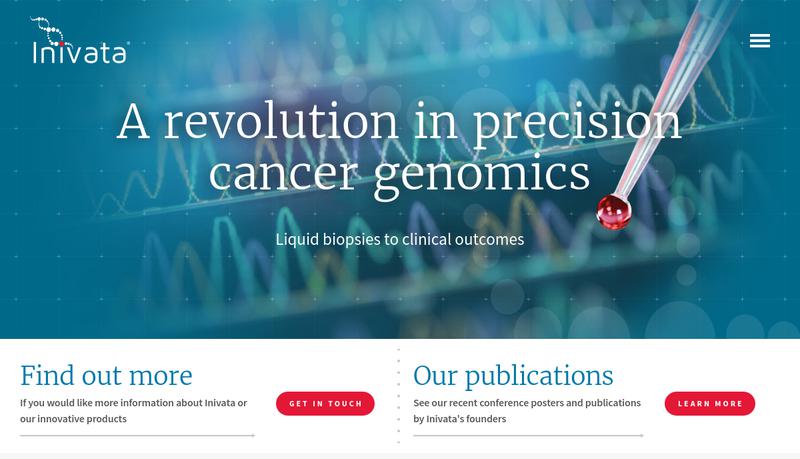
Inivata, medical device manufacturer who uses EQMS
How to get started implementing ISO 13485
Want more information about ISO 13485:2016? Download the ISO 13485 toolkit for templates, tips and hints for implementing a medical device quality management system.
* http://www.espicom.com/uk-medical-device-market.html




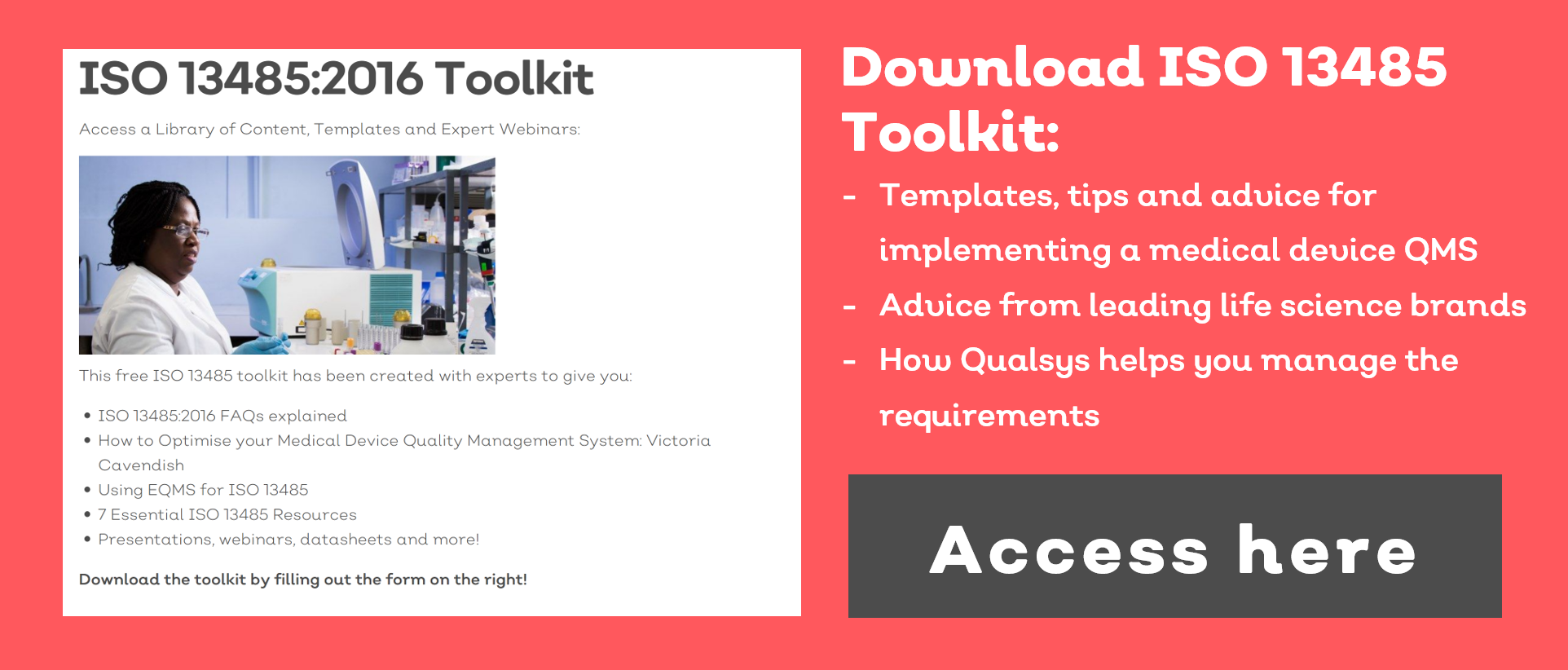
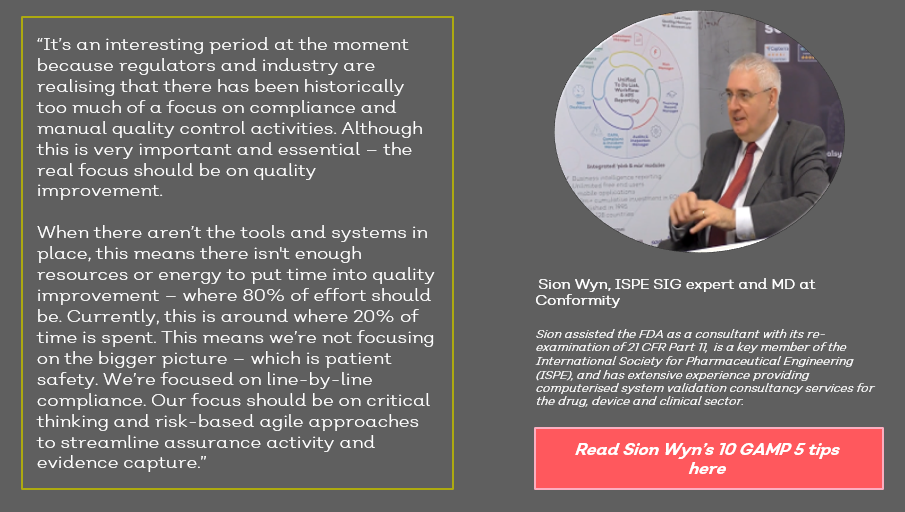
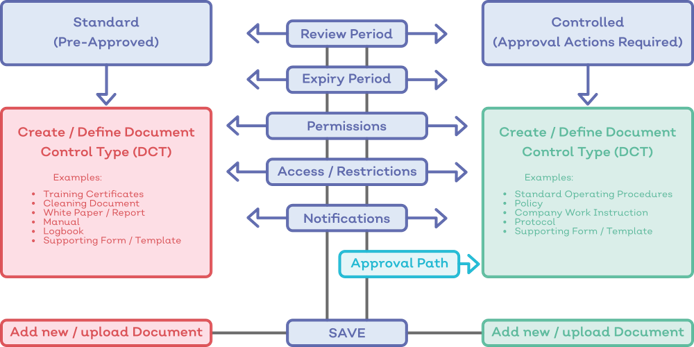

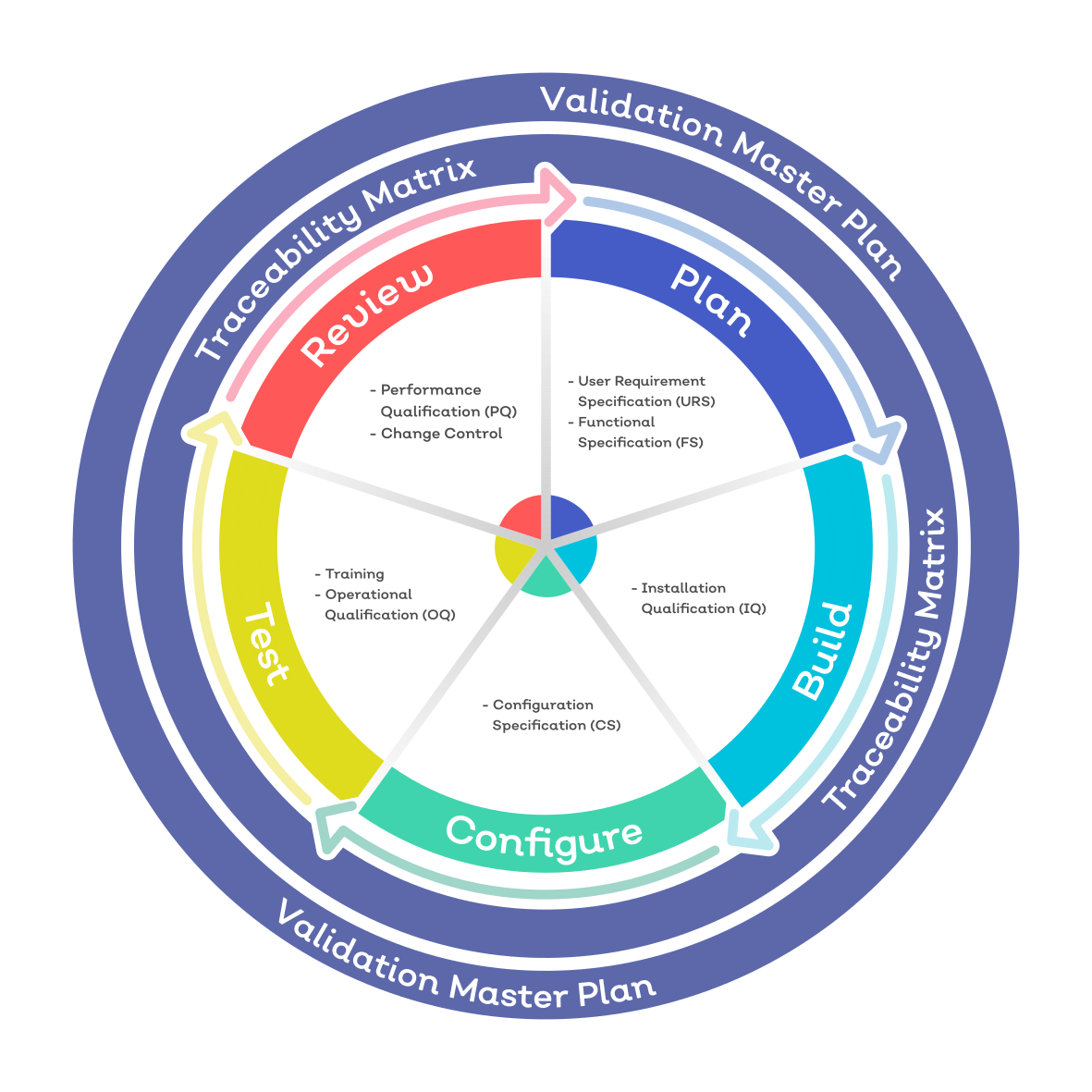
Share your thoughts on this article